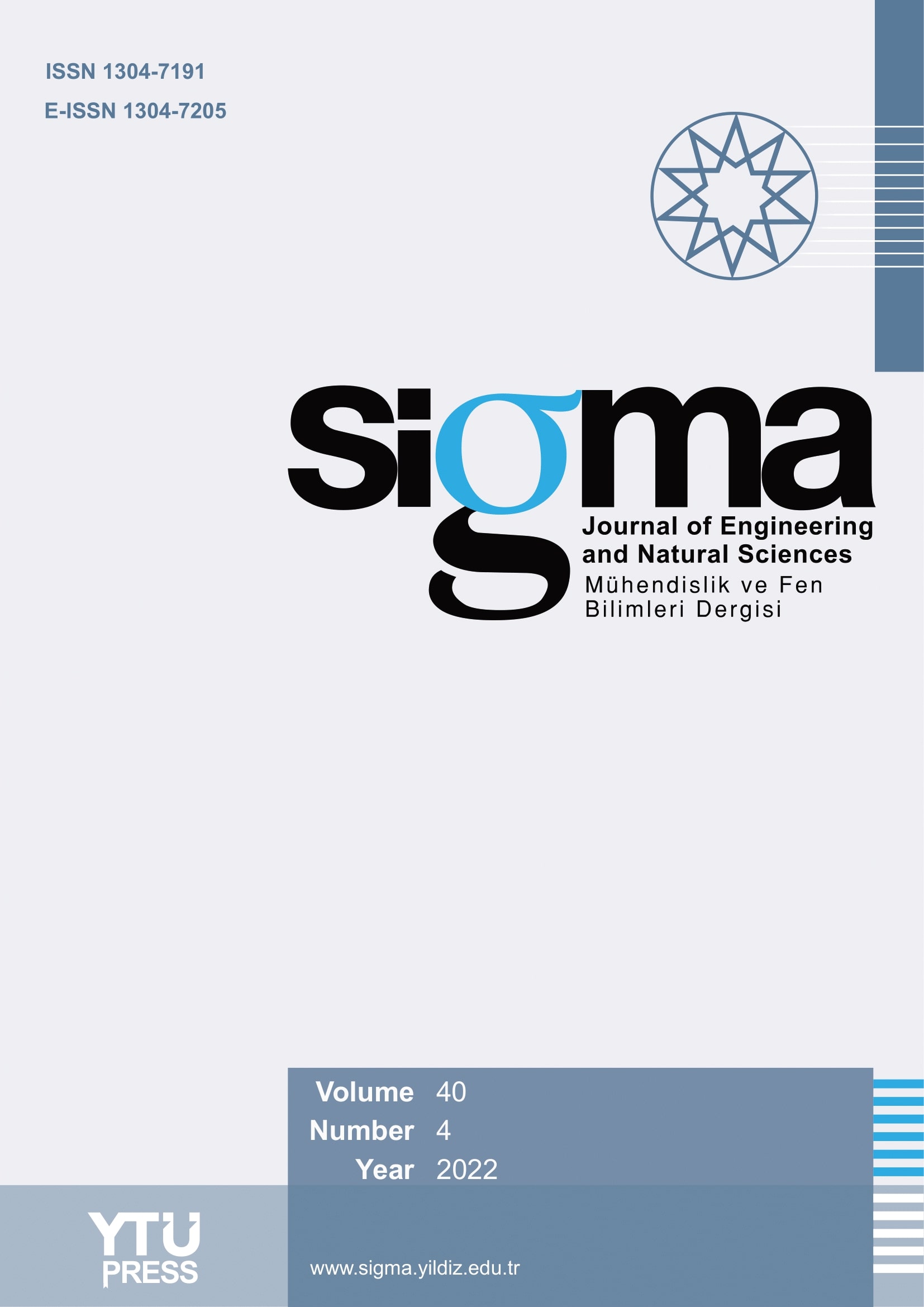2MIT Academy of Engineering, Pune, 412105, India
3Vijay Patil School of Management, Nerul, Navi Mumbai, 400706, India
Abstract
Micro, Small, and Medium Enterprises often face challenges in balancing customer demands, design attributes, production parameters, and productivity. Research has been done on matrix diagrams, correlations, tabularization techniques, and quality deployments, but none of them have linked productivity to design qualities and customer needs. This study aims to evaluate productivity and the related monetary savings by applying a Lean management tool- Quality Function Deployment. Furthermore, strapping focuses on the ‘Voice of the Customer’ of furniture products’ profile. The focal objective has been to identify specific process improvements related to design features and assess the impact of these enhancements on overall productivity. By integrating design quality with operational improvements, the study seeks to demonstrate the savings through increased productivity.
During the use of ‘Quality Function Deployment’, non-value-adding elements in the furniture manufacturing process were eliminated. The implementation of Lean Six Sigma methodology further enhanced the overall quality management strategy. Data analysis and subsequent execution led to a substantial 21.16% increase in productivity, translating to annual cost savings of INR 55,200. The significance of design qualities (named as Technical Requirements), was assessed using Quality Function Deployment, providing a foundation for developing an optimized furniture production process. The integrated application of Lean Six Sigma and Quality Function Deployment has demonstrated the potential to reduce processing times, boost productivity, and increase profitability without compromising customer satisfaction. The approach emphasized the importance of collaborative Lean management, maintaining a well-or-ganized workplace, improving process efficiency, and eliminating non-value-adding activities. In essence, this study uniquely contributes to operational optimization by focusing on the relationship between Technical Requirements and the Voice of the Customer in furniture manufacturing processes. This approach can be widely applied to various manufacturing industries.














